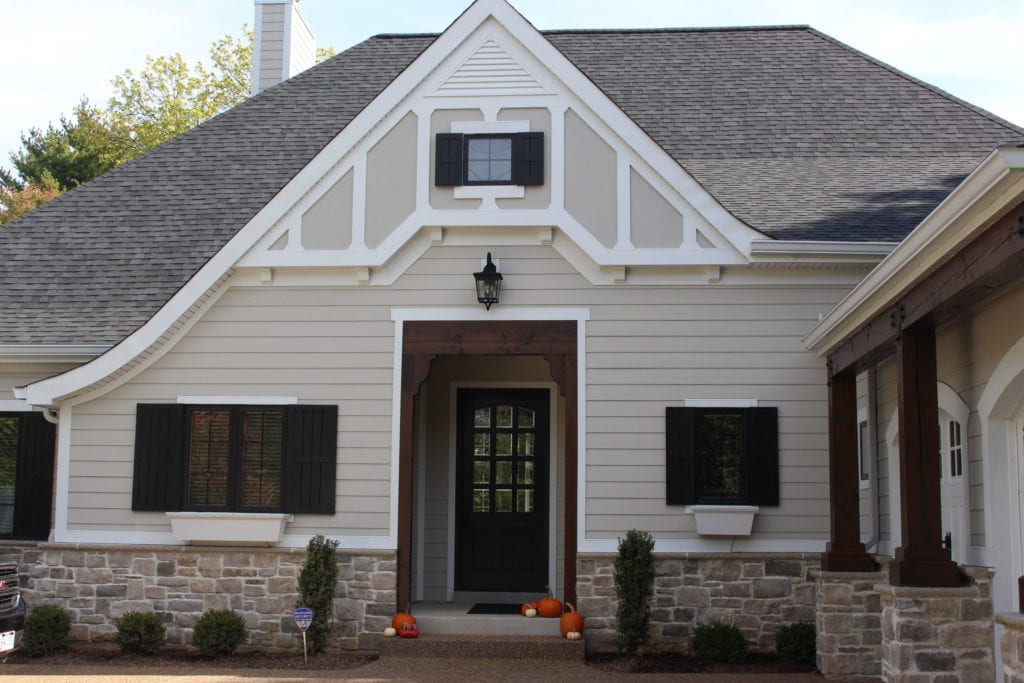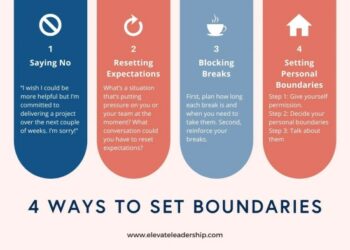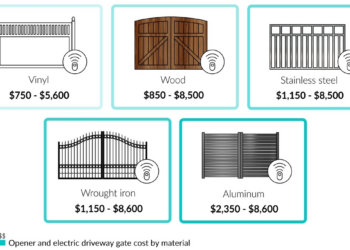Diving into the world of hardie cobblestone, this introduction sets the stage for an intriguing exploration into its composition, benefits, and versatile applications. With a focus on construction projects, landscaping, and hardscaping, readers are in for a captivating journey through the intricacies of this unique material.

Introduction to Hardie Cobblestone
Hardie Cobblestone is a durable and versatile material commonly used in construction projects. It is composed of fiber cement, making it resistant to weathering, rot, and pests.
Benefits of Hardie Cobblestone
- High durability: Hardie Cobblestone is designed to withstand harsh weather conditions, ensuring longevity in construction projects.
- Low maintenance: Its composition makes it resistant to rot and pests, reducing the need for frequent repairs or replacements.
- Versatility: Hardie Cobblestone can be used in various landscaping and hardscaping projects, adding a touch of elegance and sophistication.
- Eco-friendly: Made from sustainable materials, Hardie Cobblestone is an environmentally friendly choice for construction.
Applications of Hardie Cobblestone
- Driveways: Hardie Cobblestone can be used to create stunning and durable driveways that enhance the curb appeal of any property.
- Patios: Its versatile nature makes it ideal for creating beautiful and functional outdoor living spaces.
- Walkways: Hardie Cobblestone is perfect for creating intricate and visually appealing pathways in gardens or outdoor areas.
- Edging: It can also be used as edging material for flower beds, adding a touch of elegance to landscaping designs.
Installation of Hardie Cobblestone
When installing Hardie Cobblestone, it is important to follow a step-by-step process to ensure a successful outcome. Proper surface preparation is key to the longevity and durability of the cobblestone. Different installation techniques may be used depending on the specific project requirements.
Preparing the Surface
Before installing Hardie Cobblestone, make sure the surface is clean, level, and free of debris. Remove any existing flooring or paving materials and ensure that the substrate is stable and properly compacted. It is recommended to use a suitable primer to improve adhesion between the substrate and the cobblestone.
Installation Techniques
Dry-lay method
This technique involves laying out the cobblestones without adhesive to determine the pattern and adjust as needed before securing them in place.
Wet-lay method
In this method, the cobblestones are directly adhered to the substrate using mortar or adhesive. It is important to work quickly and efficiently to prevent the adhesive from drying before placement.
Grouting
Once the cobblestones are in place, grouting can be done to fill the joints between the stones. This helps to stabilize the cobblestone installation and prevent shifting over time.
Sealing
To protect the cobblestone from water damage, staining, and color fading, it is recommended to seal the surface after installation. This will also enhance the overall appearance and longevity of the cobblestone.Each project may require a different approach to installing Hardie Cobblestone, depending on factors such as the location, weather conditions, and intended use of the surface.
It is important to consult with a professional to determine the best installation technique for your specific project.
Maintenance of Hardie Cobblestone
Proper maintenance is essential to ensure the longevity and aesthetic appeal of Hardie Cobblestone
. Routine care and cleaning can help protect the surface from wear and tear, preserving its beauty for years to come.
Routine Cleaning
- Regularly sweep or use a leaf blower to remove debris and dirt from the surface of the cobblestone.
- Use a garden hose or pressure washer to rinse off any stubborn dirt or stains.
- If needed, a mild detergent or cleaning solution can be used with a soft-bristle brush to scrub the surface gently.
- Rinse thoroughly with water to remove any cleaning residue.
Protective Measures
- Apply a sealant to the Hardie Cobblestone to protect it from moisture, UV rays, and other environmental factors.
- Consider using a UV protectant to prevent color fading over time.
- Avoid using harsh chemicals or abrasive cleaners that can damage the surface of the cobblestone.
Enhancing Longevity
- Inspect the cobblestone regularly for any signs of damage or wear, such as cracks or chipping, and address them promptly.
- Avoid placing heavy objects or vehicles on the cobblestone to prevent cracking or indentations.
- Trim vegetation or plants near the cobblestone to prevent roots from causing damage to the surface.
- Consider resealing the cobblestone every few years to maintain its protective layer and appearance.
Design Inspiration with Hardie Cobblestone
Hardie Cobblestone offers a versatile and durable option for landscaping projects, adding a touch of sophistication to any outdoor space. Let's explore some creative design ideas and ways to incorporate Hardie Cobblestone into different architectural styles.
Showcase Creative Design Ideas
When it comes to landscaping with Hardie Cobblestone, the possibilities are endless. Here are a few creative design ideas to inspire your next outdoor project:
- Create a stunning pathway using a mix of different color options to add visual interest.
- Use Hardie Cobblestone to create a charming border around flower beds or trees for a polished look.
- Build a cozy outdoor fireplace or seating area with a cobblestone finish for a rustic feel.
Incorporating Hardie Cobblestone into Architectural Styles
Hardie Cobblestone can complement various architectural styles, from traditional to modern. Here are some tips on how to seamlessly incorporate Hardie Cobblestone into different architectural designs:
- For a classic look, pair neutral-colored cobblestones with traditional brick or wood accents.
- Opt for sleek, grey cobblestones to enhance the contemporary feel of a modern home or building.
- Blend different cobblestone patterns to create a unique look that suits your specific architectural style.
Color Options and Patterns
Hardie Cobblestone offers a range of color options and patterns to suit your design preferences. Whether you prefer a more traditional look or want to make a bold statement, here are some options to consider:
- Choose from earthy tones like tan, brown, and grey for a timeless aesthetic.
- Experiment with different patterns such as herringbone, basket weave, or running bond to create visual interest.
- Combine contrasting colors and patterns for a dynamic and eye-catching design that stands out.
Last Word
In conclusion, hardie cobblestone emerges as not just a building material, but a design element that offers limitless possibilities for creativity and durability. From installation to maintenance and design inspiration, the beauty of hardie cobblestone shines through in every aspect of its use.
Answers to Common Questions
Is hardie cobblestone weather-resistant?
Yes, hardie cobblestone is known for its durability and ability to withstand various weather conditions.
Can hardie cobblestone be used for both indoor and outdoor projects?
Absolutely, hardie cobblestone is versatile and can be used in a wide range of projects, both indoors and outdoors.












